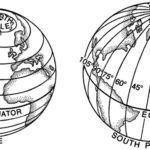Alfred Barr Flowing Tree Of Modern Art: Alfred Barr’s flowing tree of modern art is a diagram that maps the development and relationships between various modern art movements, illustrating their influences and evolution.
Alfred Barr Flowing Tree Of Modern Art












